Hands together or hands apart: what’s faster?
Optimising aerodynamics is a trade-off between perfection and real-world versatility
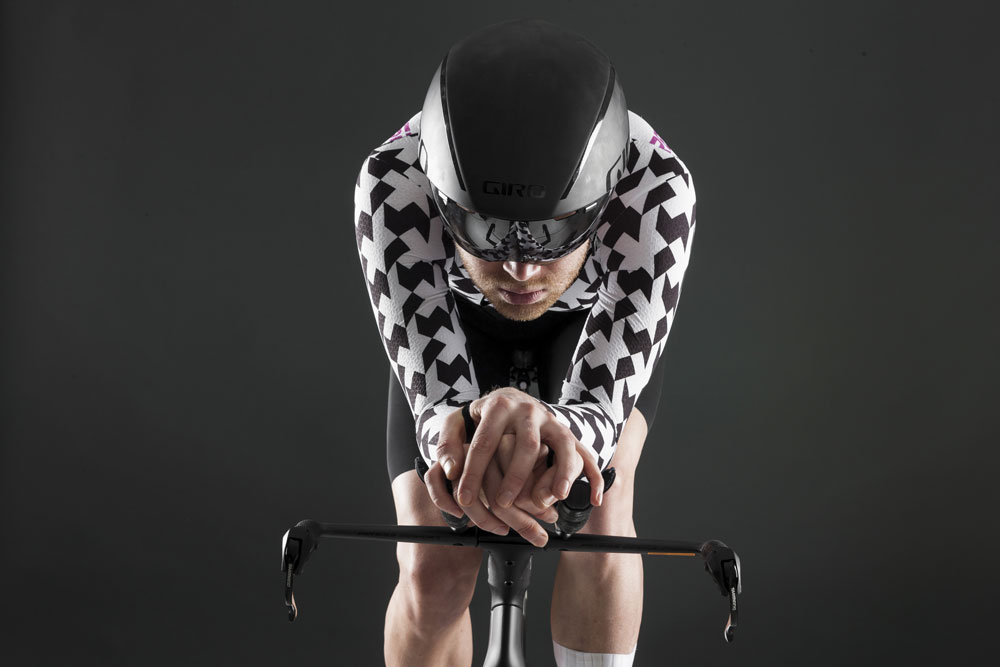

Your time trial set-up is a compromise. The most aerodynamic position in the world is no good if you can’t sustain it over a given period of time or if it’s only fast at zero degrees of yaw — when there’s no wind at all.
Elbows narrow and hands together with thumbs or fingers overlapping is becoming the favoured position of many top pros including Tom Dumoulin, but some still ride with hands further apart on wider-spaced extensions. Which should you go for?
>>> Who’s quicker? Experience vs talent in the CW time trial challenge
With aero testing now more accessible, it is now possible to establish in a matter of hours whether your hands should be up, down, together or apart. But 10 years ago, trial and error was the only way.
“We got it wrong in 2008 because we were working in a wind tunnel that didn’t do yaw,” says multiple national champion and competition record breaker Michael Hutchinson. “So what we produced was a position that was fabulous in zero yaw, but a bit mediocre as soon as there was a crosswind.
“The two best rides I did in 2008 were the National 10 — 18.07, which in those days was quite good,” continues Hutchinson, “and the 50 comp record [1:35.27 to beat Kevin Dawson’s 11-year-old mark by nearly two minutes].
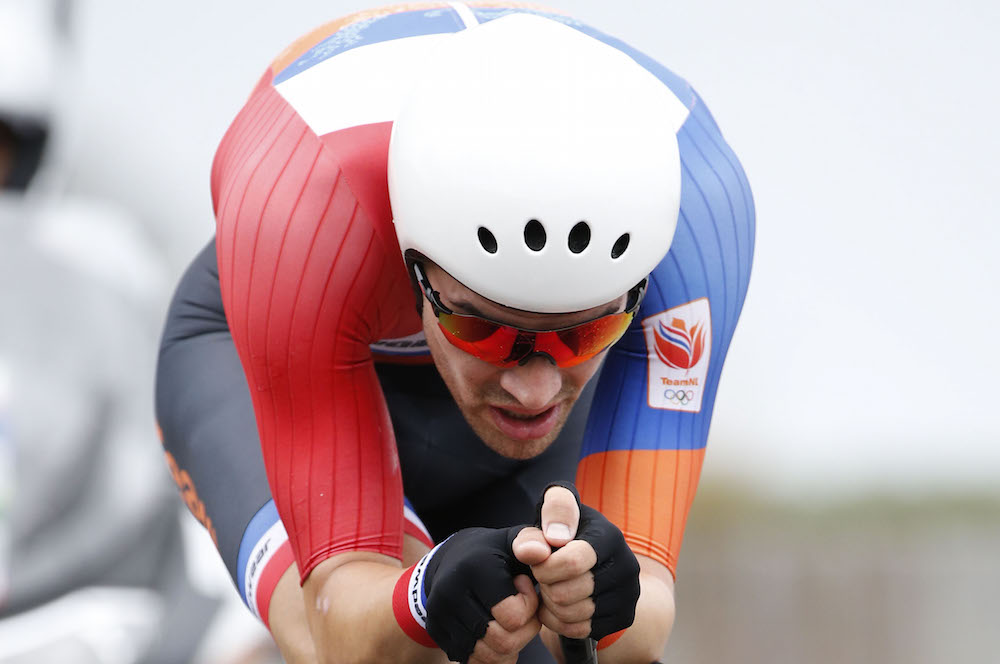
"For both of them the day was dead still and I went incredibly quickly. Every other race I did that year there was a bit of a crosswind and I was very, very average. I won the National 25 by less than I won the National 10, against more or less the same people, just because the 25 had a crosswind.
Get The Leadout Newsletter
The latest race content, interviews, features, reviews and expert buying guides, direct to your inbox!
“When we went back the following year we did test in yaw, and we got a much better handle on making sure we weren’t optimising for super-low yaw on the road. We were trying to win races, not set PBs or break comp records.
“We did go through a phase of saying, well we’ll have a low-yaw position and high-yaw position… and we modelled courses. But the problem is, courses don’t go in a straight line and every time a lorry drives past, your yaw goes haywire, so in the end you have to come up with a compromise position and stick with it.”
What in Hutchinson’s experience makes the difference between a fast hand position in a crosswind and a slow one?
“In 2008 the position we came up with had the hands high but it was quite stretched out as well, with a gap between the hands of maybe 100mm. As soon as you’ve got any yaw you’ve suddenly got a lot of interference in the gap.
“So optimising for zero yaw would give you a couple of sensational days a year, but you’ll get a lot of days where you’ll feel that it didn’t quite go. Equally, if what you wanted was to set a blinding PB, maybe you optimise for low yaw on the basis that there will be that one day when you’re going to go best.”
Expert take
Xavier Disley, AeroCoach
www.aero-coach.co.uk
“Your hands are the first thing that hits the wind, setting the tone for what’s going to happen with the airflow around the rest of the body. Even ignoring things like stack, you could find 20 watts just by sorting elbow and hand position.
“If you have your hands clamped close together, generally speaking that’s quite good. With a rider who has a very narrow position, we’re looking to move the air around the entire system, around their shoulders and head rather than through.
"But sometimes for very wide riders you need to open the hands to allow the air to channel through the body and out around the hips. This was the position the GB team pursuiters used to use.
“These days there’s a trend for going towards a very, very high hand position. That works when you’re going very quickly at lower yaw angles. But as you see higher yaw angles, the super-high hand position can fall apart a little bit aerodynamically. For most riders who are looking to perform at a range of different distances, speeds and conditions, we try to avoid the very high hand position.
“As a starting point, have your hands slightly above your elbows, make sure your elbows are at least in line with your knees and not too far in; hands with no more than a 15mm gap and ever so slightly higher than your elbows.”
Our take
Cycling aerodynamics is fiendishly complicated and very dependent on the individual’s body shape, not to mention speed and yaw angle.
If you’re guessing at it, go for the ‘compromise’ hand position described by Xavier Disley, but if you really want to go faster, go and get aero tested — and don’t get the hand tattoos until then.

Thank you for reading 20 articles this month* Join now for unlimited access
Enjoy your first month for just £1 / $1 / €1
*Read 5 free articles per month without a subscription

Join now for unlimited access
Try first month for just £1 / $1 / €1
Simon Smythe is a hugely experienced cycling tech writer, who has been writing for Cycling Weekly since 2003. Until recently he was our senior tech writer. In his cycling career Simon has mostly focused on time trialling with a national medal, a few open wins and his club's 30-mile record in his palmares. These days he spends most of his time testing road bikes, or on a tandem doing the school run with his younger son.
-
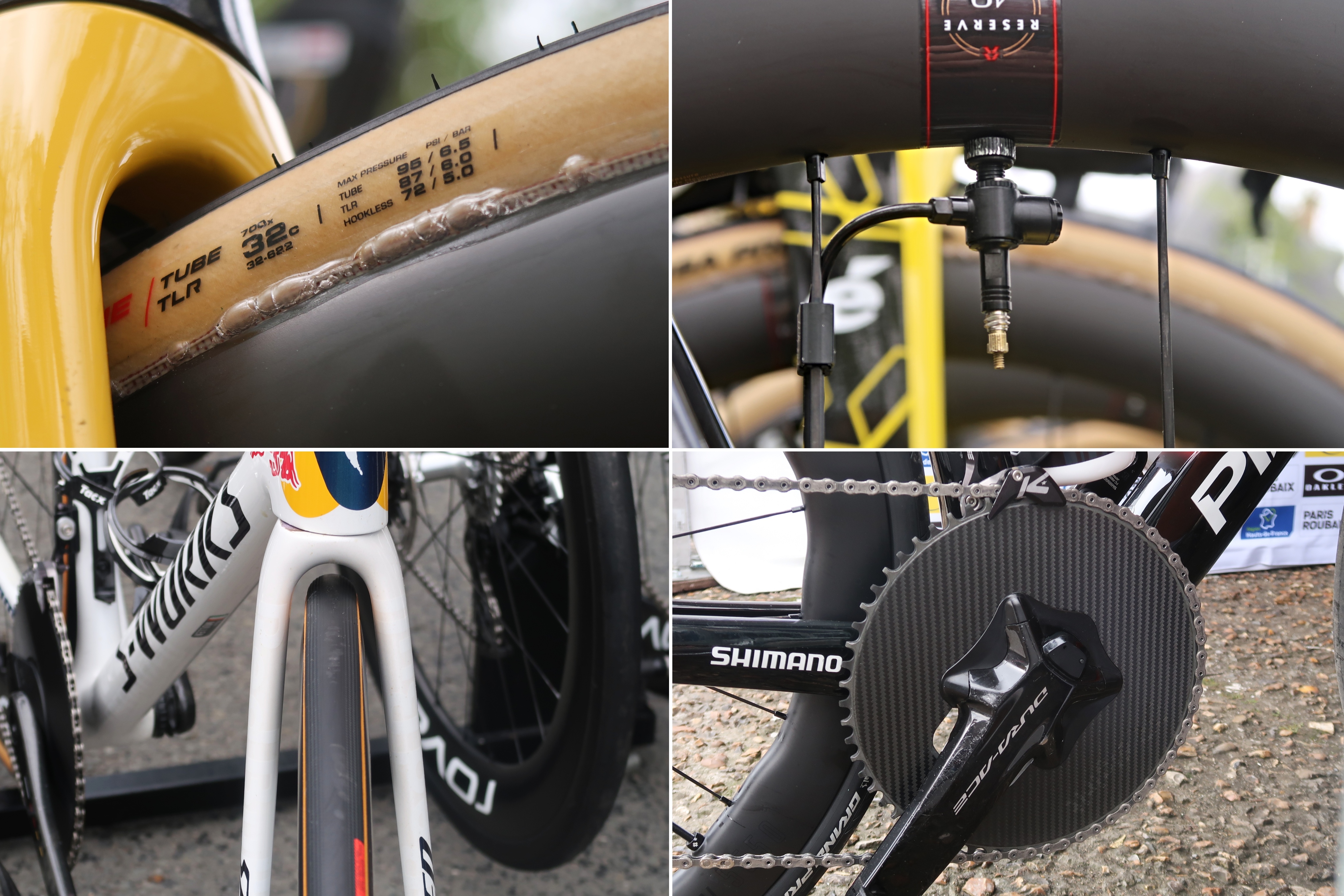 Unreleased wheels, monster chainrings, and surprisingly skinny tyres: Six tech insights from Paris-Roubaix
Unreleased wheels, monster chainrings, and surprisingly skinny tyres: Six tech insights from Paris-RoubaixHere's all the tech mods we spotted at the men's 'Hell of the North'
By Tom Davidson Published
-
 'I'll take a top 10, that's alright in the end' - Fred Wright finishes best of British at Paris-Roubaix
'I'll take a top 10, that's alright in the end' - Fred Wright finishes best of British at Paris-RoubaixBahrain-Victorious rider came back from a mechanical on the Arenberg to place ninth
By Adam Becket Published
-
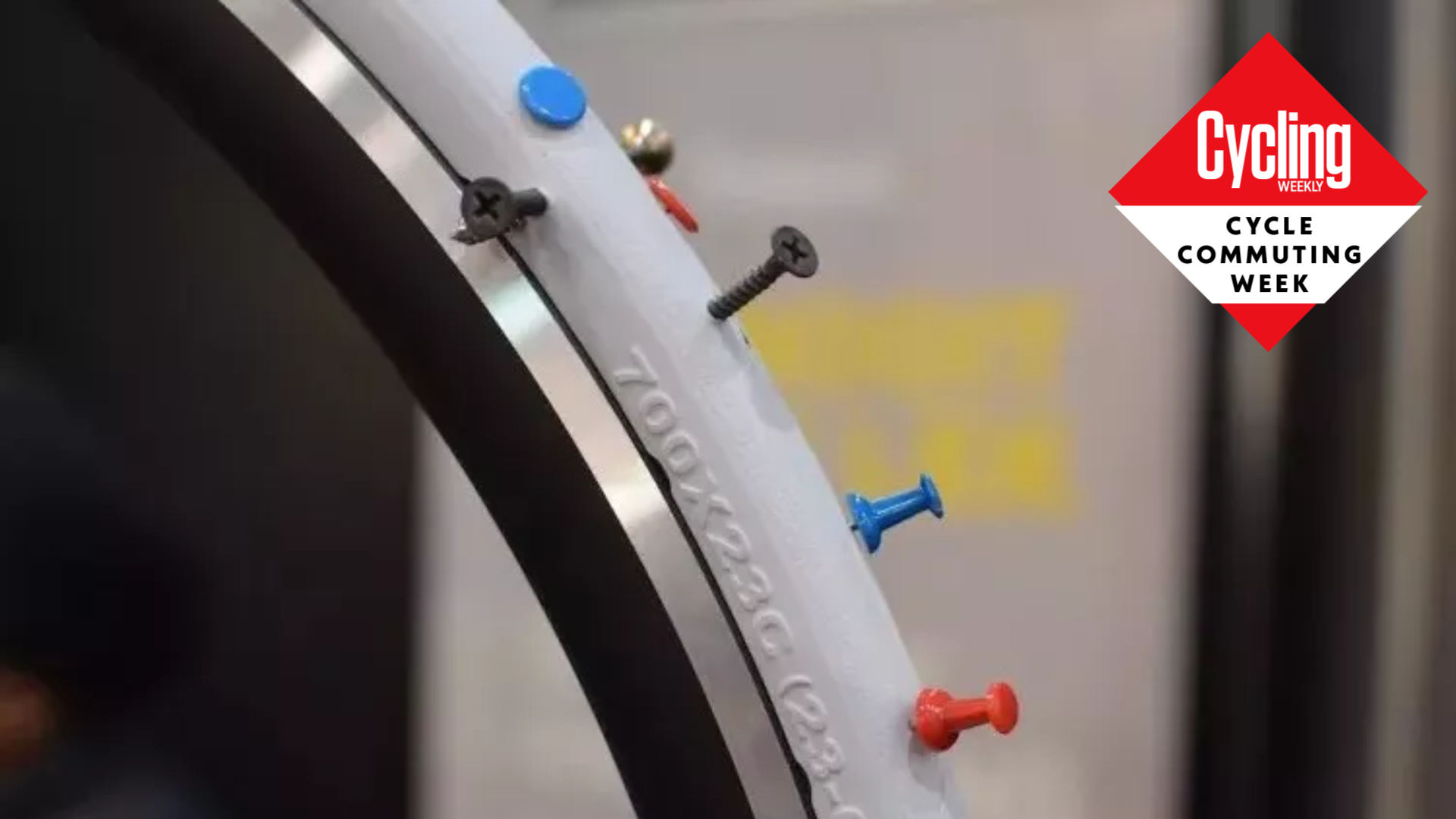 Are airless bike tires the answer for reliable commuting?
Are airless bike tires the answer for reliable commuting?With no risk of punctures to stop you, will airless bike tires make your cycling commute more dependable?
By Paul Norman Published
-
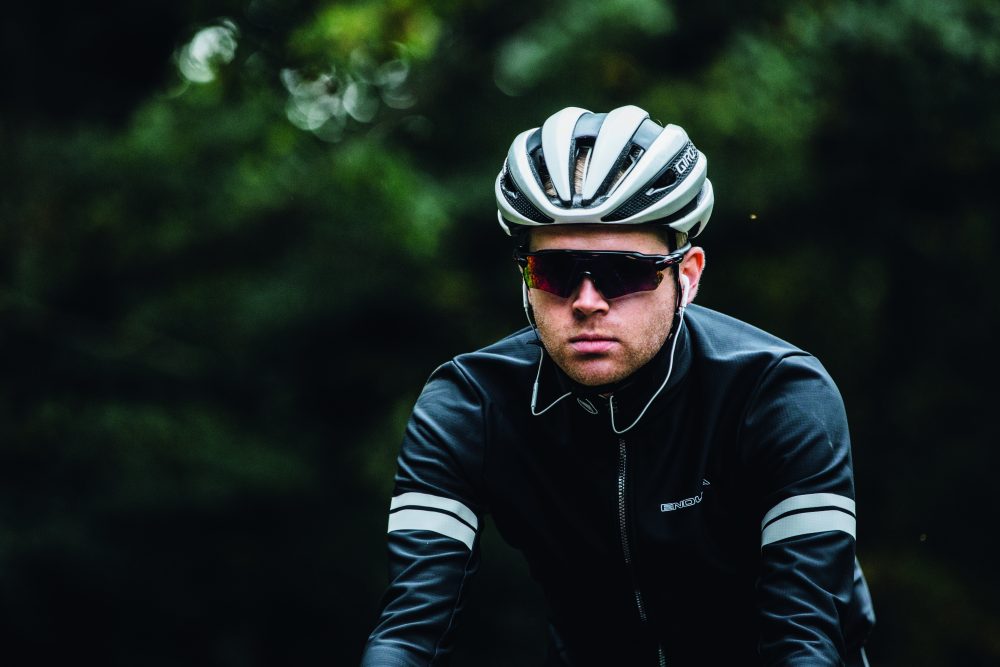 Should you cycle with earphones in?
Should you cycle with earphones in?Listening to music while riding is controversial but the evidence regarding safety cuts both ways and a favourite tune can boost performance
By Cycling Weekly Published
-
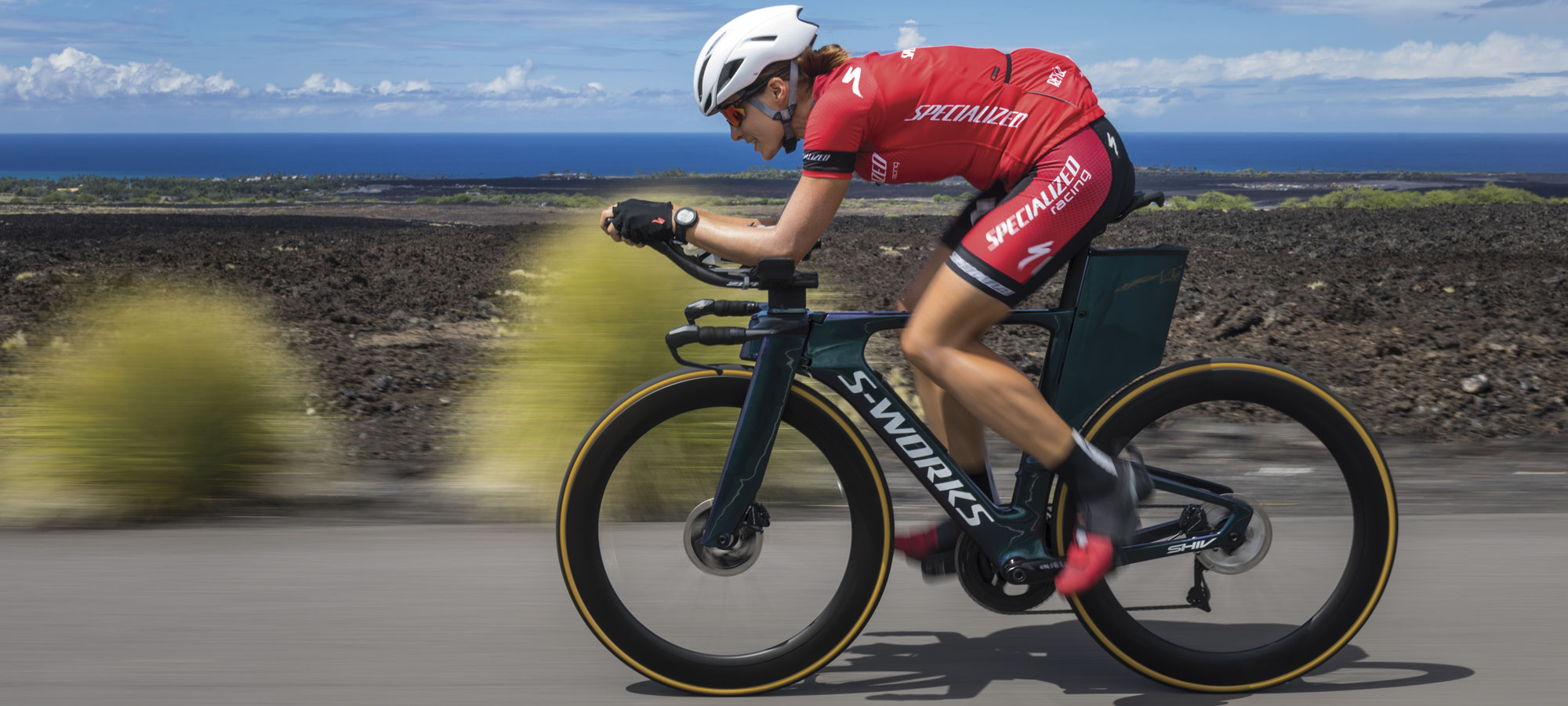 Should the UCI relax its bike rules?
Should the UCI relax its bike rules?Simon Smythe reflects on the regulatory inertia that some say is stifling innovation in bike design
By Simon Smythe Published
-
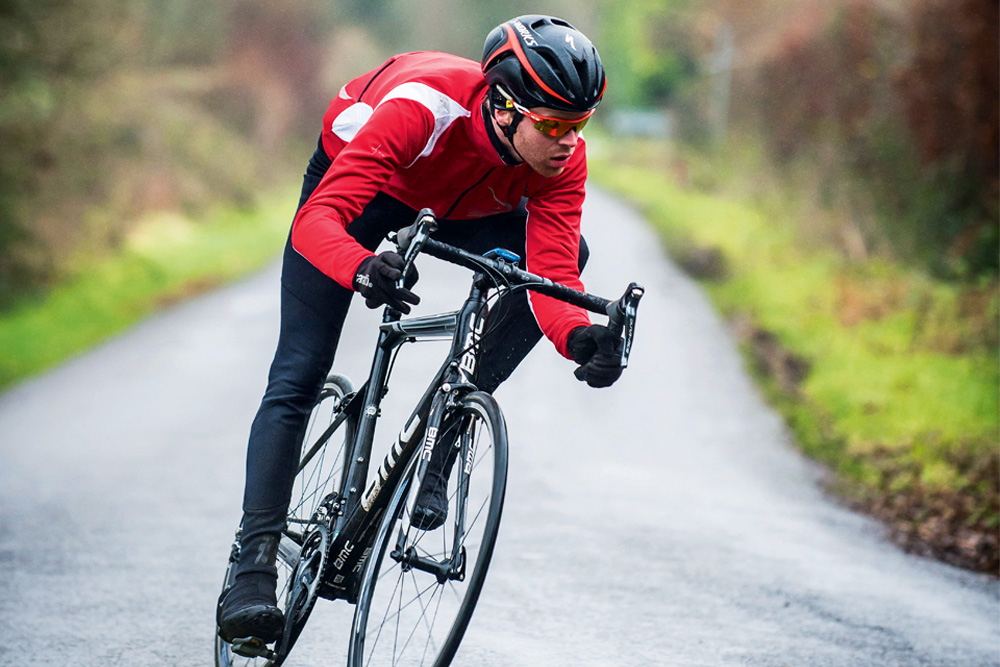 Aero road helmets: can they make you faster?
Aero road helmets: can they make you faster?Aero road helmet: The latest wind-cheating lids are a common sight in the pro peloton - but does the everyday rider need one?
By Michelle Arthurs-Brennan Published
-
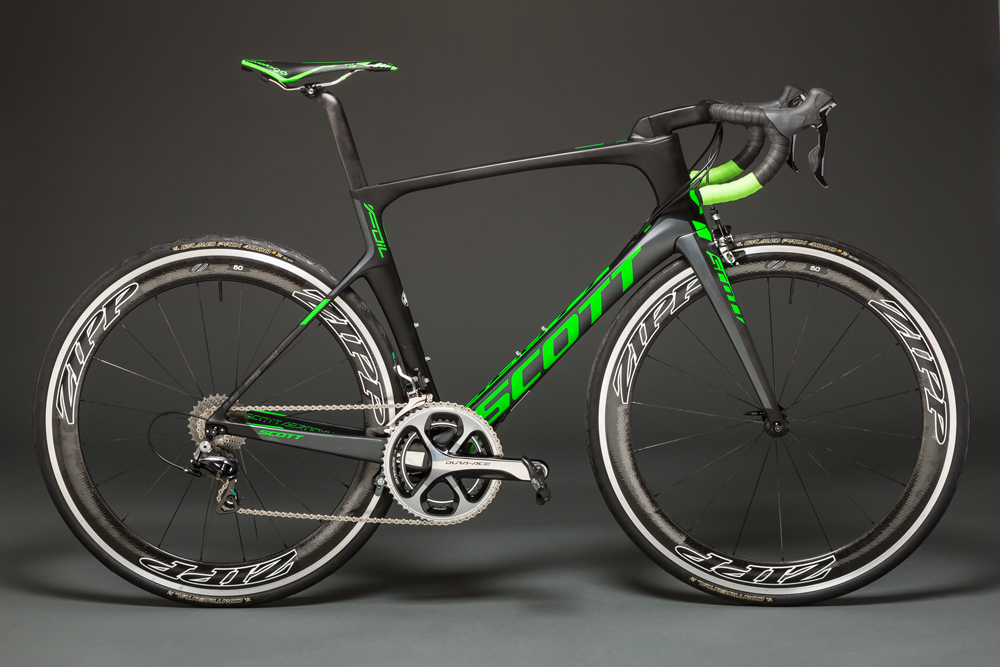 At what point does aero become more significant than weight?
At what point does aero become more significant than weight?We find out which buying consideration is of most relevance to the everyday cyclist
By Oliver Bridgewood Published
-
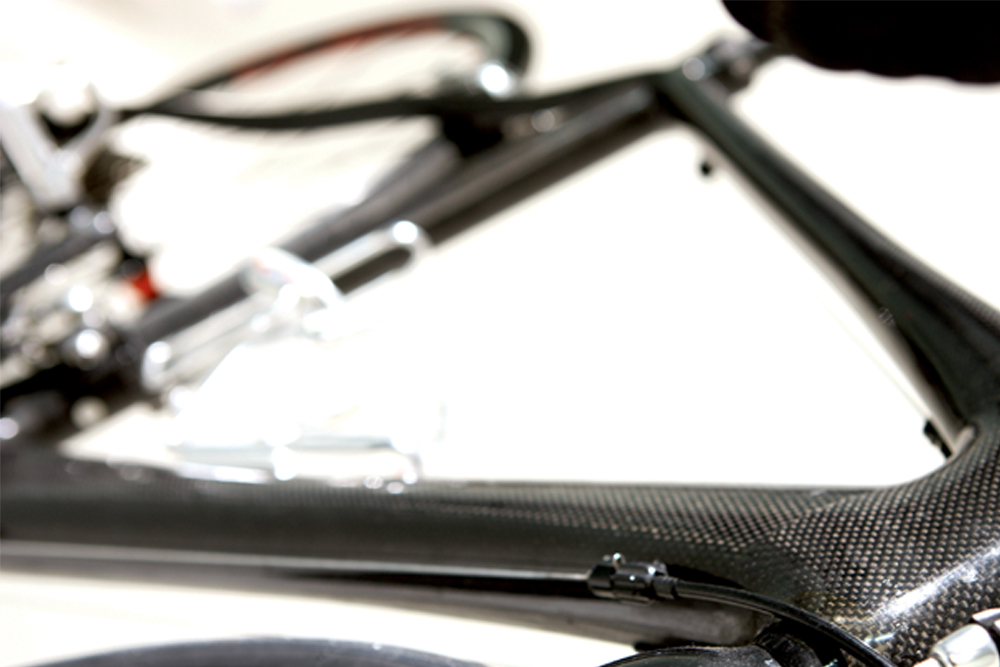 Do carbon frames have a shelf life?
Do carbon frames have a shelf life?Should you be worried about your carbon frame wearing out?
By Paul Norman Published
-
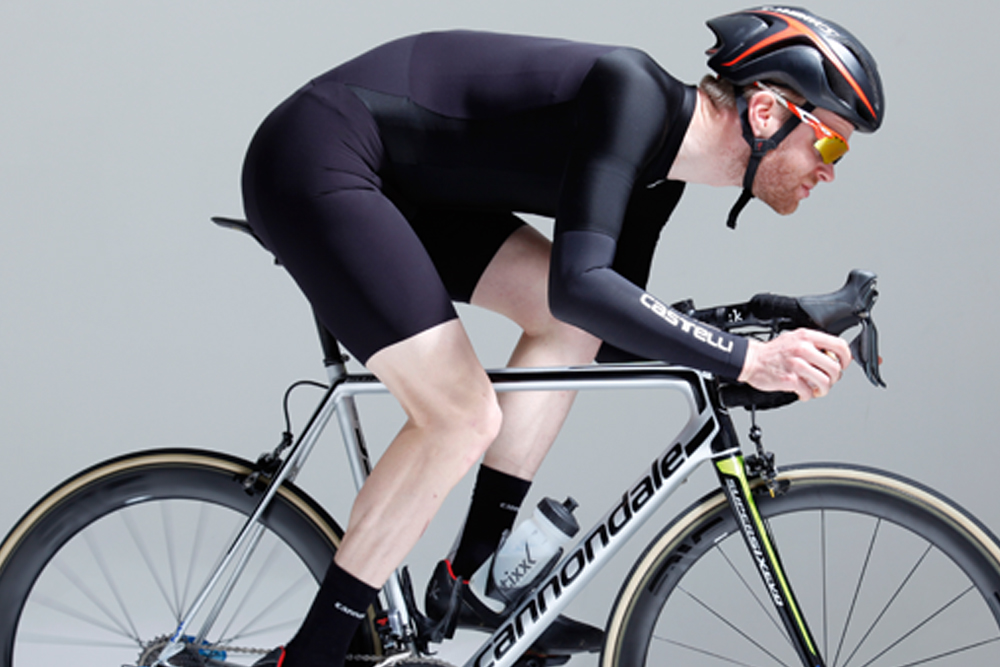 Do you need an aerosuit for road riding?
Do you need an aerosuit for road riding?Should we all be wearing the tightest of tight cycle clothing, an aerosuit?
By James Bracey Published
-
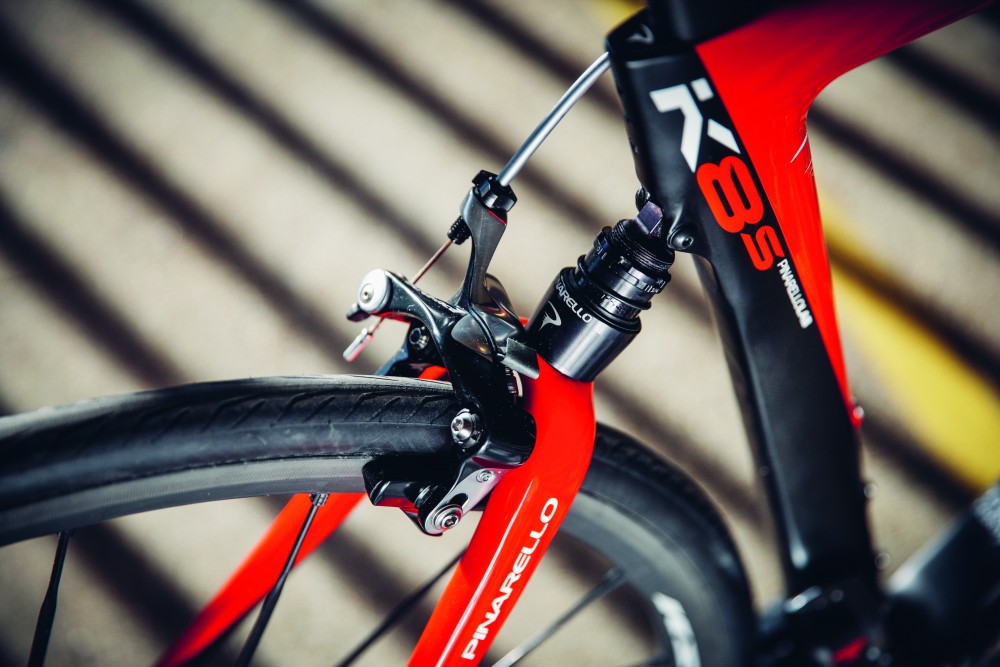 Is road bike suspension just a gimmick?
Is road bike suspension just a gimmick?We investigate suspension in road frames and ask is it worth the investment?
By James Bracey Published